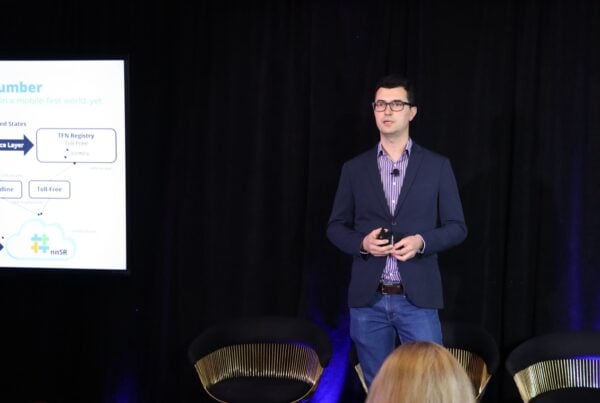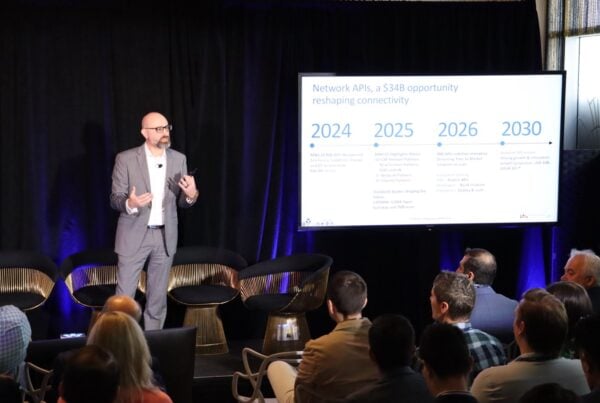Advanced voice biometrics tools offer multiple new ways to mitigate fraud and risk. Stephane Groud, Product Director at MEF Member Myriad Connect discusses how voice authentication can protect individuals and organisations from crime.
Voice biometrics, now coming into its own as a highly accurate means of authenticating users, presents multiple new opportunities to organisations to mitigate the risk of fraud and crime.
Across Africa, where a newly-mobile population is still overwhelmingly comfortable using voice communications and where a large percentage of transactions are carried out via call centres rather than online, voice biometrics technologies are particularly relevant as a tried and tested risk mitigation tool, in addition to supporting enhanced customer service.

Identity theft and credit card fraud are rife across Africa, with the SA Fraud Prevention Service noting that in South Africa alone, at least 3600 cases of identity theft totaling over R1 billion took place in 2014, growing significantly . In many cases, the identity thefts were achieved by gathering digital data about victims from stolen or discarded electronics or by hacking into their phones or laptops. The scale of thefts was rising as more transactions were done electronically, SAFPS said.
Across Africa, e-tailers and booking agents offer telephonic payment services for customers with no internet access or credit cards, presenting opportunities for fraudsters to shop using stolen personal and account information. Fraud challenges are compounded by fake call centres phishing for personal information from targeted victims, and by the risk of unscrupulous agents at legitimate call centres harvesting customer information for personal gain.
The use of an ID number, address, password and PIN alone are no longer enough to assure user authentication in an environment where all digital data is vulnerable to being hacked. Modern fraud mitigation demands a broad range of authentication technologies to confirm identity at multiple levels. Voice biometric technology, which identifies a speaker through a number of unique vocal characteristics such as pitch, tone and rhythm of speech, offers a new dimension to multi-factoral authentication to curb identity thefts.
When a voice print is allocated to a particular customer’s data, the voice, along with other identifying information, confirms the user’s identity. Any voice not associated with the profile could automatically flag the call as fraudulent; escalating the call or allowing contact centre agents to take appropriate action. In the event the caller is found to be attempting identity theft or fraud, their voice print could be stored in a ‘blacklisted’ repository where it serves to support legal action or alert call centre agents to future attempts at fraud. In the UK, HSBC reports that voice recognition has prevented more fraud than traditional authentication measures such as PINs and passwords.
Credit vetting and authentication-as-a-service opportunities are also emerging for service providers innovative enough to build centralised biometrics data stores, through which contact centres, banks and traders could route calls for real-time authentication.
This post originally appeared on the Myriad Connect Blog and is reused with kind permission.
Want to be featured on the MEF Minute?
The MEF Minute is an award winning blog that provides a cross-ecosystem and international perspectives on all things mobile. With contributions from MEF’s members and other industry experts it is a dedicated global news resource and thought leadership platform.
We welcome contributions from members and non-members across a range of formats including opinion pieces, industry views, stats, videos and infographics. MEF Minute offers a 360 look at any given topic impacting the mobile ecosystem whether that be from a MNO, enterprise, developer or provider perspective.






